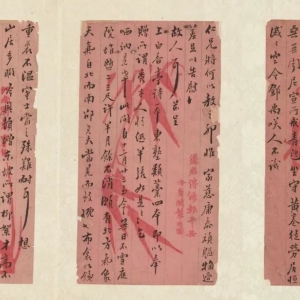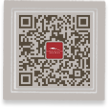The Artworks of the Wang School: Wang kaiyun and his disciples

Introduction
The Artworks of the Wang School: Wang kaiyun and his disciples
Wang Kaiyun (1833-1916), styled himself Renqiu and Renfu, was born in Xiangtan, Hunan Province. Wang Kaiyun passed the imperial exams at the provincial level during the reign of Xianfeng Emperor and once worked for Su shun and Zeng Guofan. Later, he gave lessons at Zunjing Academy in Chengdu. He successively served as the head of Sixian Academy in Changsha and Chuanshan Academy in Hengzhou. He hosted Nanchang higher school and later gave lessons in Xiangqi building. In the Qing Dynasty, he was appointed as the post of Jiantao in Imperial Academy and later was promoted to the post of Jiangxian. In the early Republic of China period, he was the director of the Museum of Qing Dynasty History, and a part-time member of the Senate. With the writings of Xiangqilou poetry book, essays and diaries, he has made great achievements in many fields such as Confucian classics, literature, history, education, calligraphy and so on.
Wang Kaiyun, a famous scholar in Hunan, with friends and disciples all over the world, was known as the leading scholar of the times. He strongly advocated to put the classics into practice, and cultivated many outstanding students studying real problems, such as Yang Du, Yang Zhuang, Yang Jun, Xia Shoutian, Qi Baishi, Bazhi Toutuo, Song Yuren, Yang Rui, Liao Ping, Hu Yuanyi, Yi Shunding, Liu Kuiyi, Ma Zonghuo, etc. To express the gratitude and nostalgia to his teacher, Qi Baishi once wrote a poem: “I often recall the past and miss my beloved teachers and old friends, but the past is gone forever. ” In the modern history of China, there are many achievements made by Wang's disciples. Many talents in Hunan Province of modern times and the revival of Bashu culture are inseparable from Wang Kaiyun's elaborate cultivation.
The Hunan Museum has a rich collection of letters, paintings and calligraphy of celebrities in Hunan Province since the Ming and Qing Dynasties, and the museum carefully selected more than 100 pieces (sets) from the works of Wang Kaiyun and his disciples for display, including calligraphy, painting, seals, diaries, manuscripts, letters and so on, most of which are shown in the first time. Those precious exhibitions not only have important literary and historical value, but also embody the aesthetic value of scholars, which can be called as a feast of academic exchange and art appreciation. It is hoped that through this exhibition, we can go through the time tunnel to read the stories of Wang’s school and learn Wang Kaiyun’ s and his disciples’ achievements embodying the philosophy of taking the rise and fall of society as their responsibility and studying real problems, and sort out the unique cultural heritage system of Hunan Province in the late Qing Dynasty and the Republic of China period, so as to further promote the study of Huxiang culture in academic and art circles.
Highlights
- 王闿运撰《湘绮楼文集》
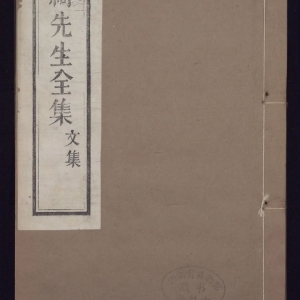
- 王闿运书十二言联轴
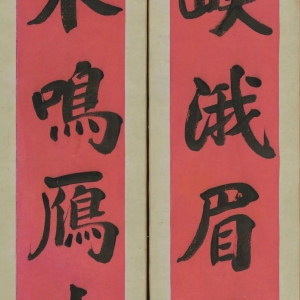
- 杨度致夏寿田信札页
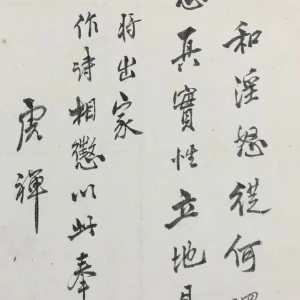
- 杨庄书挽刘道一诗册页
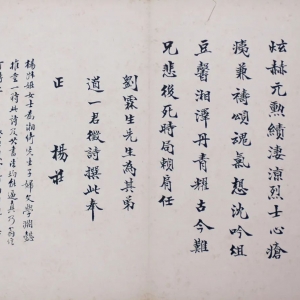
- 杨钧绘墨松图轴
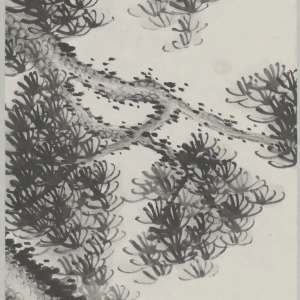
- 刘揆一“刘揆弌印”姓名章
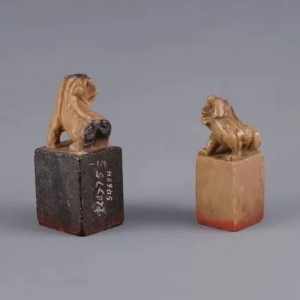
- 宋育仁致王之春信札
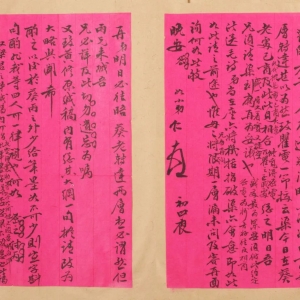
- 马宗霍书立轴

- 八指头陀自书诗卷
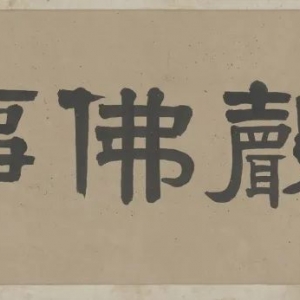
- 王代功书七言联轴
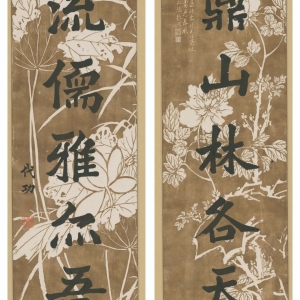
- 易顺鼎书七言联轴
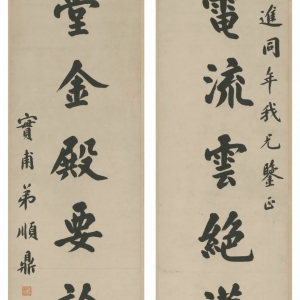
- 纸本 24×13厘米 【展品说明】 释文:厚卿仁兄同年,足下久疏牋(笺)候,嵇懒性 成,每望 停云,不胜驰仰,比谁 侍奉曼福,即事多欣,甚慰甚慰,弟闭户 穷居,依然故我,銕(铁)骨空□,金刚努目,而 信天翁之态,犹顽钝如昔。 老同年细思前年,并辔天津连镳上海,则俨 然如相共席耳。秋闱在即, 老同年能借送考来长沙以图欢聚否? 兹呈 上新刻世典一册,乞 哂收答。有所见求,勿 客气,直言不隐。乃见交情,鹄俟 箴言,希甚希甚。再者,贵府学老师龙荔仙 乃祭酒之从子,中书之从弟,区区之表弟也。 意欲在生生宝号通融阿睹,以济日用。欲 老同年为之先容,庶不致或有留难。爱屋 及乌之雅谊,不啻弟之身受其 惠也。何感如之,何感如之,同仲世叔闻作浙游 未审,今已还归,未答已言,旋即乞致意未 别。寄书并乞告以懒状也。手此即请 箸安,并恭请年伯、年母大人福安顺候, 阁潭清吉。 年属胡元仪顿首。六月初九日。 【知识拓展】 此为胡元仪致方荣秉信,共3页,毛笔直行书写。是胡元仪为龙荔仙借贷之事致方荣秉的信,具有较为重要的文史研究参考价值。 方荣秉(?-1915),字厚卿,湖南岳阳人。清光绪举人,官内阁中书,邵武同知。See More
